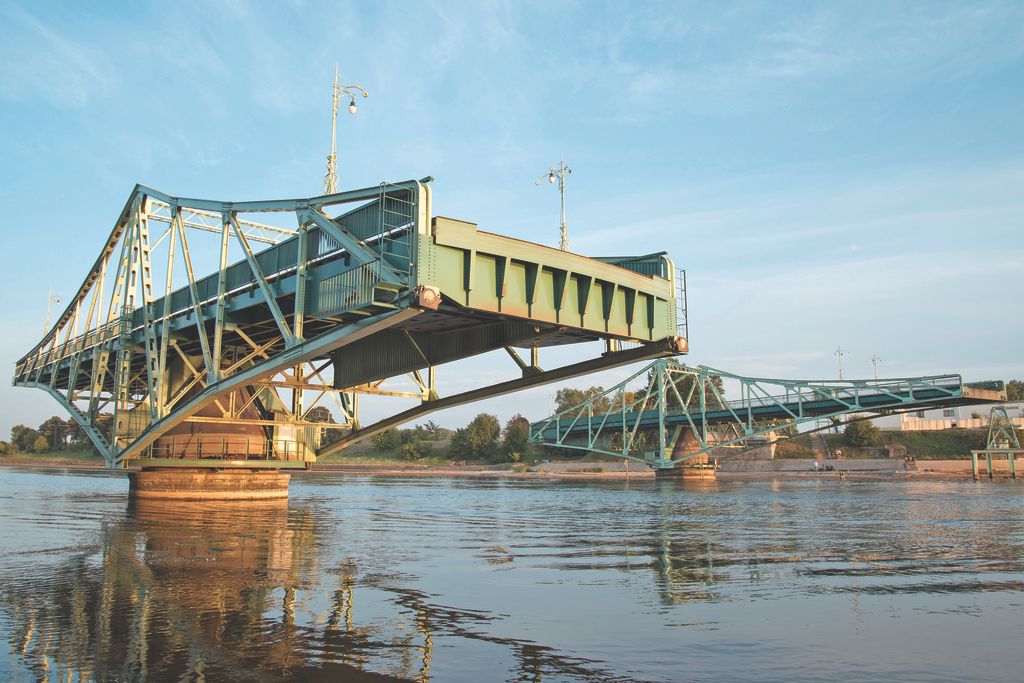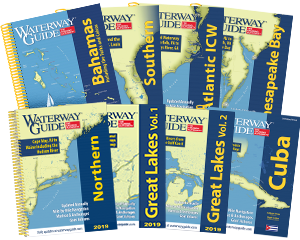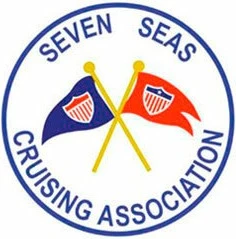
Bridges have to be factors in when planning a trip. Depending on where you cruise, you may be dependent on bridge openings; a particular bridge’s schedule can often decide where you tie up for the evening or when you wake up and get underway the next day. While many are high (over 65 feet), and some usually remain open (such as railroad bridges), others are restricted for different hours in specific months, closed during rush hours and/or open on the quarter-hour, half-hour or even at 20 minutes and 40 minutes past the hour. To add to the confusion, the restrictions are constantly changing. Just because a bridge opened on a certain schedule last season does not mean it is still on that same schedule. (See the Bridges & Locks section in this guide or waterwayguide.com for the most current schedules.) Changes are posted in the Coast Guard’s Local Notice to Mariners reports, which can be found online at navcen.uscg.gov. It is also a good idea to check locally to verify bridge schedules before your transit.
Most bridges monitor VHF Channel 09, designated by the Federal Communications Commission as the “bridge tender channel.” Bridges in NC and VA still answer on VHF Channel 13, as do the locks in the Okeechobee. In any waters, it is a good idea to monitor both the bridge channel and VHF Channel 16–one on your ship’s radio and one on a handheld radio, if your main set doesn’t have a dual-watch capability–to monitor oncoming commercial traffic and communications with the bridge tender.
When using VHF, always call bridges by name and identify your vessel by name and type (such as sailing vessel or trawler) and whether you are traveling north or south. If you are unable to raise the bridge using VHF radio, use a horn signal. (For further information, see the Coast Pilot 4, Chapter Two: Title 33, Navigation Regulations, Part 117, Drawbridge Regulations.) If the gates do not come down and the bridge does not open after repeated use of the radio and the horn, call the Coast Guard and ask them to call the bridge tender on the land telephone line, or you may be able to call the bridge directly. Phone numbers for many bridges are given in the following Bridges & Locks section, although some of the numbers are not for the actual bridge tender, but for a central office that manages that bridge. Some bridges are not required to open in high winds. If you encounter a bridge that won’t open, it is prudent to drop the hook in a safe spot until the situation is resolved.
Read the full story.











